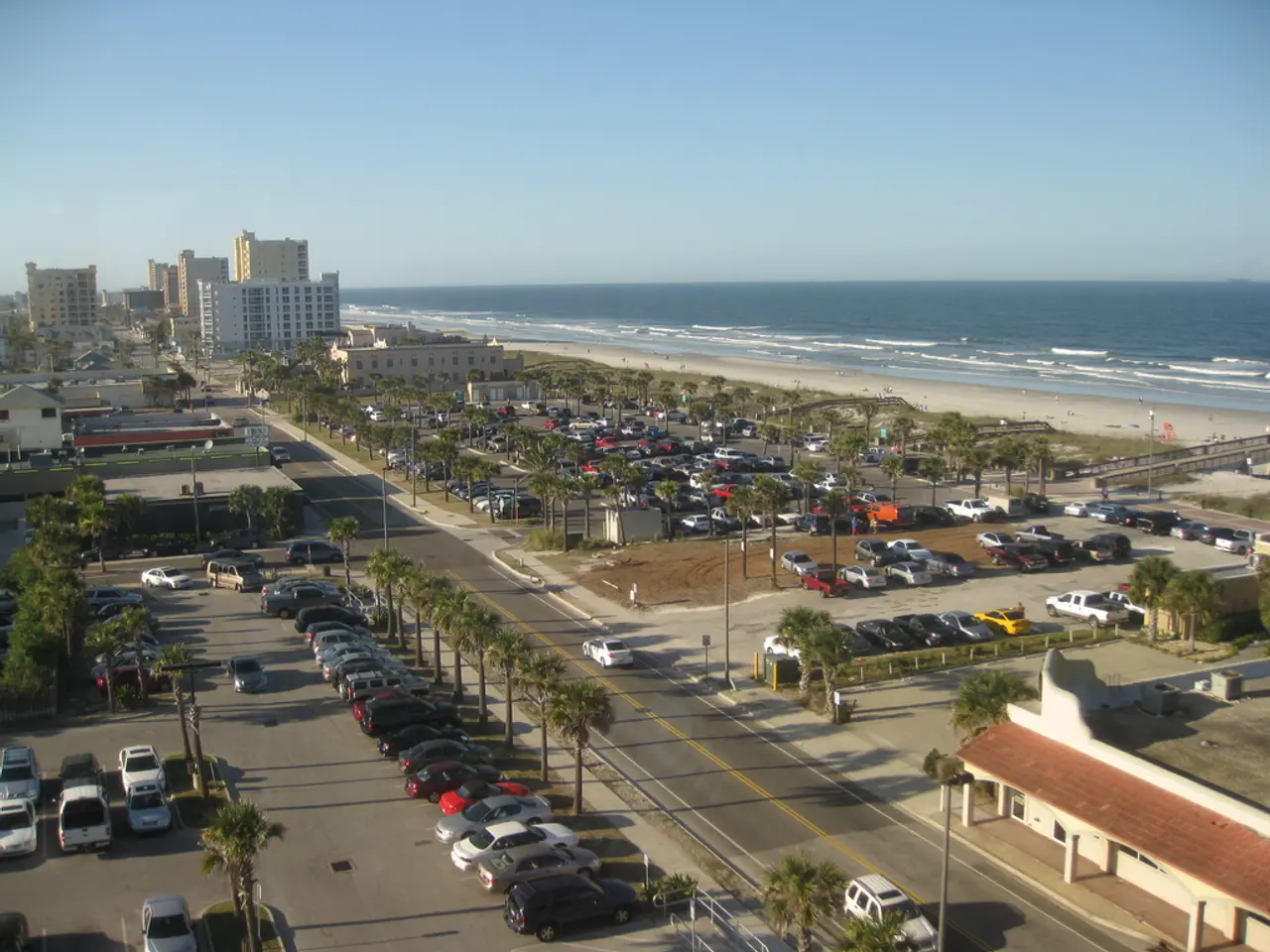Examining Human Driver Safety at Conflict Zones with Autonomous Vehicles Using a Virtual Reality Setting
Article: Unveiling Dilemma Zone Risks in Virtual Human-Autonomous Vehicle Interactions
A groundbreaking study has shed light on the risks associated with the Dilemma Zone, a critical section of road preceding an intersection, in the context of human-autonomous vehicle (AV) interactions. The research, conducted in a virtual traffic environment, has highlighted the need for accurate AV algorithms in such settings.
The study focused on a scenario of interest: a human-driven vehicle following an AV at the Dilemma Zone. Rear-end collisions displayed in the simulation indicated improper manual driving behaviors, validating the Dilemma Zone's risk. Interestingly, improper manual driving behaviors were found to contribute significantly to these rear-end collisions.
The virtual traffic environment was constructed in the Unity 3D platform and presented through Virtual Reality (VR) headsets. This setup allowed for real-time, immersive, and interactive simulation of human-AV interactions, particularly focusing on rear-end collision scenarios.
The immersive VR presentation added an additional layer of realism, permitting participants to experience the traffic environment naturally. This setup enabled detailed assessment of their behavioral responses to AV actions or signal changes, providing valuable insights into human decision-making in complex traffic situations.
The results of the study demonstrate the use of virtual reality to expose human drivers to AVs in low-risk situations. Moreover, the findings suggest that human comfort levels towards AVs can affect following distances in simulations. Decreased comfort towards AVs was associated with increased safety measures in the simulation.
The study also concluded that incorporating AVs onto roads with human drivers does not completely eliminate collisions. This finding underscores the challenges posed by human-oriented factors in the implementation of AVs.
Developers should incorporate accurate AV algorithms into virtual reality to advance the technology. By doing so, they can test AV communication and control strategies that can reduce unsafe braking or indecision leading to collisions.
The study aims to discover vulnerabilities at the Dilemma Zone, a section of road that has been identified as a potential area of vulnerability in the virtual traffic environment. By addressing these vulnerabilities, we can move closer to ensuring safer roads for both human drivers and AVs.
[1] Virtual Traffic Simulation for Autonomous Vehicles: A Review
[2] Human-Centered Design for Autonomous Vehicles: A Review
[3] Virtual Reality-Based Simulation for Autonomous Vehicles: A Review
- To enhance the safety of autonomous vehicles (AV) and improve technology, it's crucial for developers to focus on creating accurate AV algorithms for virtual reality (VR) simulations, which can help test AV communication and control strategies to minimize unsafe braking or indecision leading to collisions.
- In the realm of finance and industry, investments in research and development of transport technology, such as AVs, should prioritize studies like the one conducted on virtual traffic environment simulations, as they offer valuable insights into human-AV interactions, helping to create a safer industry for both human drivers and autonomous vehicles.




